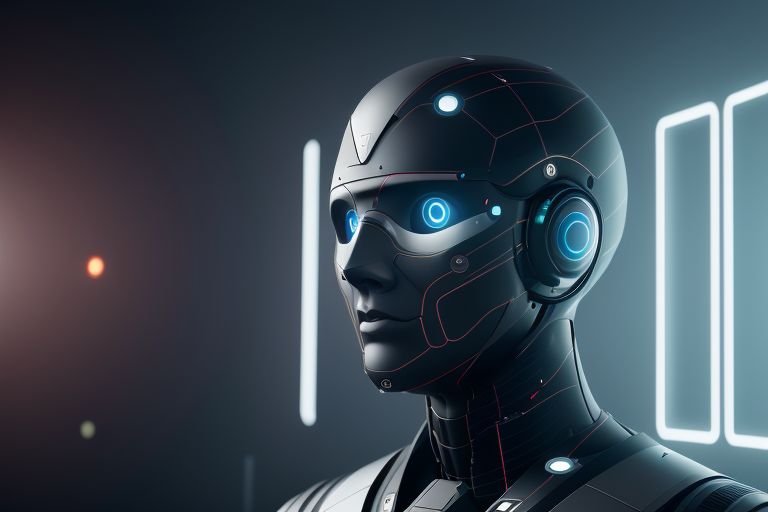First of all, it is necessary to mention that OpenAI, the artificial intelligence research laboratory, has recently introduced a brand new AI model, referred to as ‘o1’. This new AI system actually can be described as a new revolution in such sectors as mathematics and coding since it is suggested to possess new and unique functions compared to the predecessors.
The model o1, which can be used at the moment only by the ChatGPT Plus and Team plans, is a significant improvement over previous models. It also claimed that the o1 helps in solving mathematical problems of high complexity and the generation of quality code, moreover being more accurate and efficient as compared to previous models. Such a finding is seen at a time when the uptake of sophisticated or rather enhanced Artificial Intelligence solutions in scientific and technological disciplines has reached its peak.
Some of the aspects of o1 include the functionality of breaking-complicated mathematical problems as well as offering detailed solution procedures that would otherwise require mathematicians who are highly trained. This capability can catalyze research in areas that require high mathematical modeling such as physics, engineering, data science among others.
Here again, o1 impressively displays his or her knowledge of different programming languages as well as paradigms. Even for large scale software development it can come up with code snippets, debug content of existing programs and suggest architectural changes. Such level of capability could increase throughput in software production which leads to making the programmer to deal with more complex design and problem solving while the repetitive code generation is done by the AI.
Still, Sam Altman, the CEO of OpenAI, has not been as enthusiastic about o1 pointing to its major drawbacks and calling the system ‘faulty and incomplete’ while acknowledging its superb performance. Such an honest admission underscores the ongoing real-life AI issues and the necessity of the AI sensible use in people’s lives. Altman’s words also help to recall that, in spite of all the technical achievements of o1 and similar AI models, these are tools used by people and should be interpreted as such.
The artificial intelligence release of o1 has recently generated much debate in the scientific circles and in the consumers market. There are many who are keen on testing out the model and to further refine the testing for practical use-cases. This is especially the case because academic institutions are intrigued by the extent to which o1 could be incorporated into Mathematics and Computer Science courses, thus transforming the approach used in the teaching and learning processes of these subjects.
However, there is also fear and growing apprehension about the likely effects of o1 on job markets mainly for mathematics and programming related jobs. While AI systems continue to demonstrate higher problem solving abilities in these areas, the result of this is bound to raise questions on how it will affect the future work and organizational forms that are expected to comprise the human workforce.
Therefore, OpenAI has stressed that o1 is not perfect and is yet in the developmental stage and will be enhanced as research advances and users’ feedback from the tool. It has also declared its stand on the responsible use of the artificial intelligence in its operation by putting measures in place to prevent malicious use of the software.
In the big picture, it will be apparent how o1 can positively affect researchers, developers, or businesses as the idea gains acceptance. This new model is bound to attract the attention of the AI community since it has been launched with a lot of hype and is expected to deliver on what is being promised in other applications.
AI is without a doubt a fast-growing branch, and the releasing of o1 is another large step in the development. With these systems evolving further and enhanced slowly, there are significant chances in the field of scientific research, different technologies and in the problem-solving area of a multitude of disciplines and subjects.
But as it evidenced by the actions of OpenAI the path to highly sophisticated and intelligent AI is one that requires continuing to overcome various technical obstacles and solve a number of significant ethical concerns.


